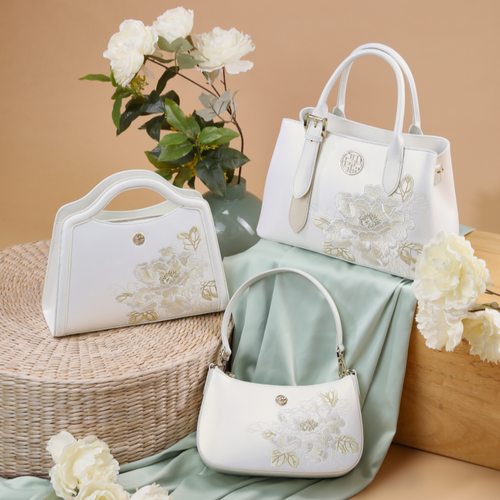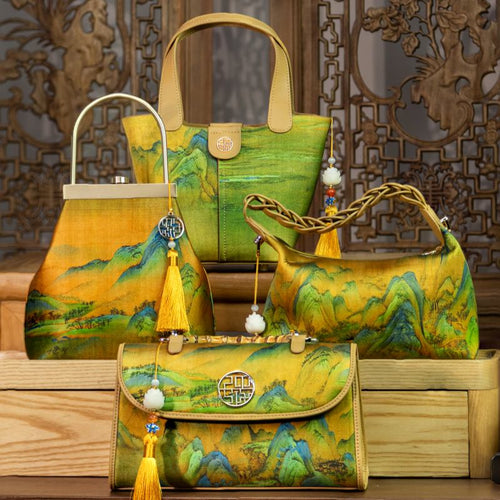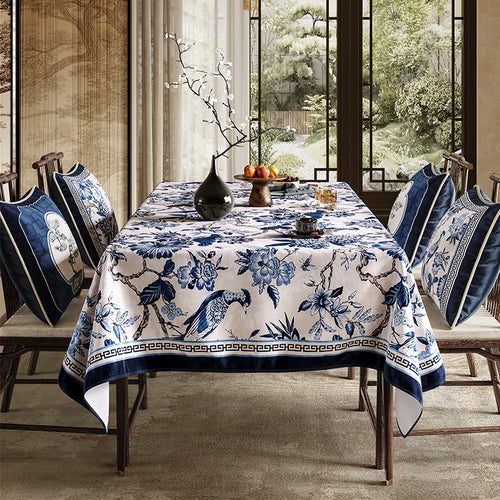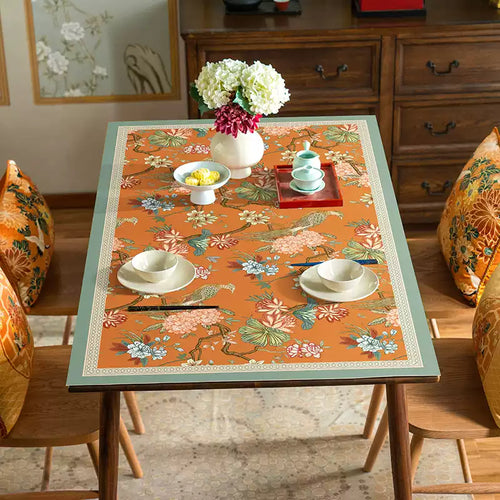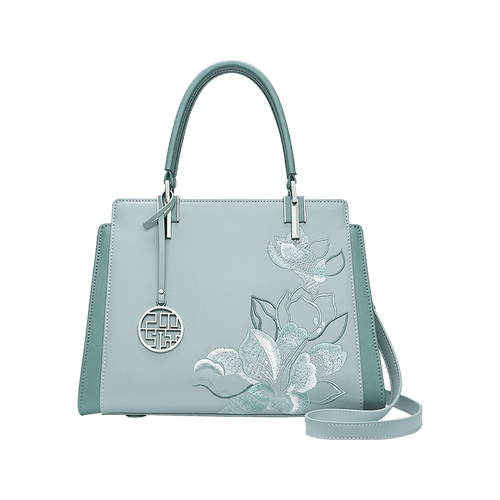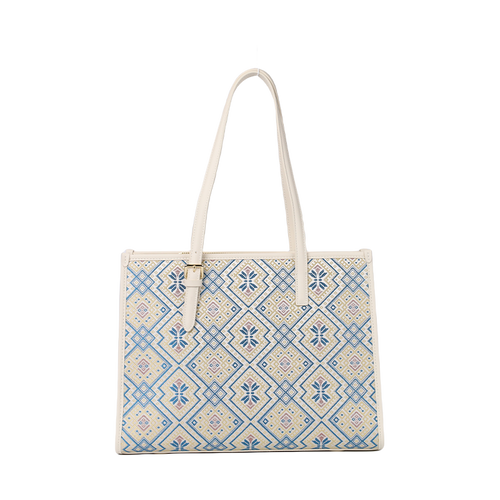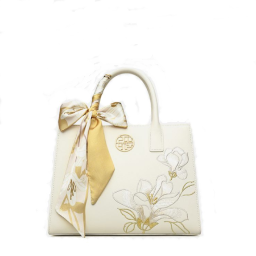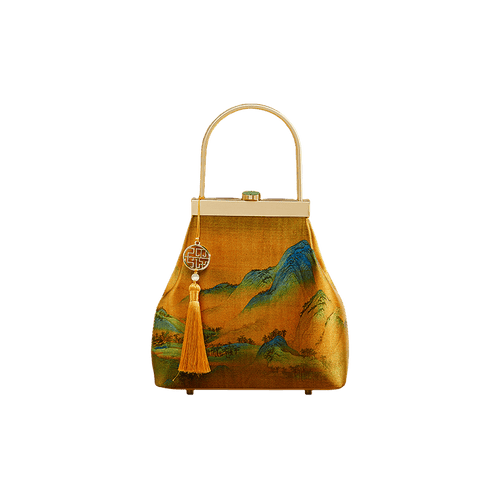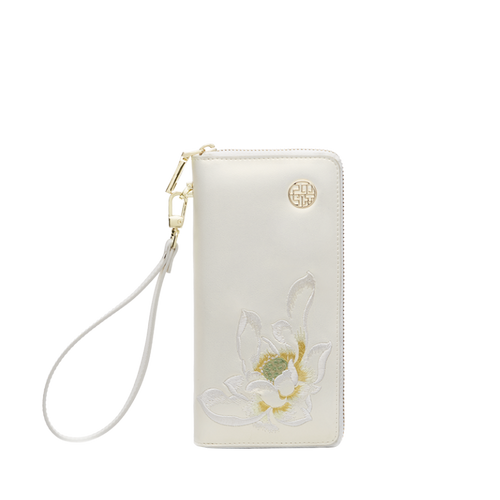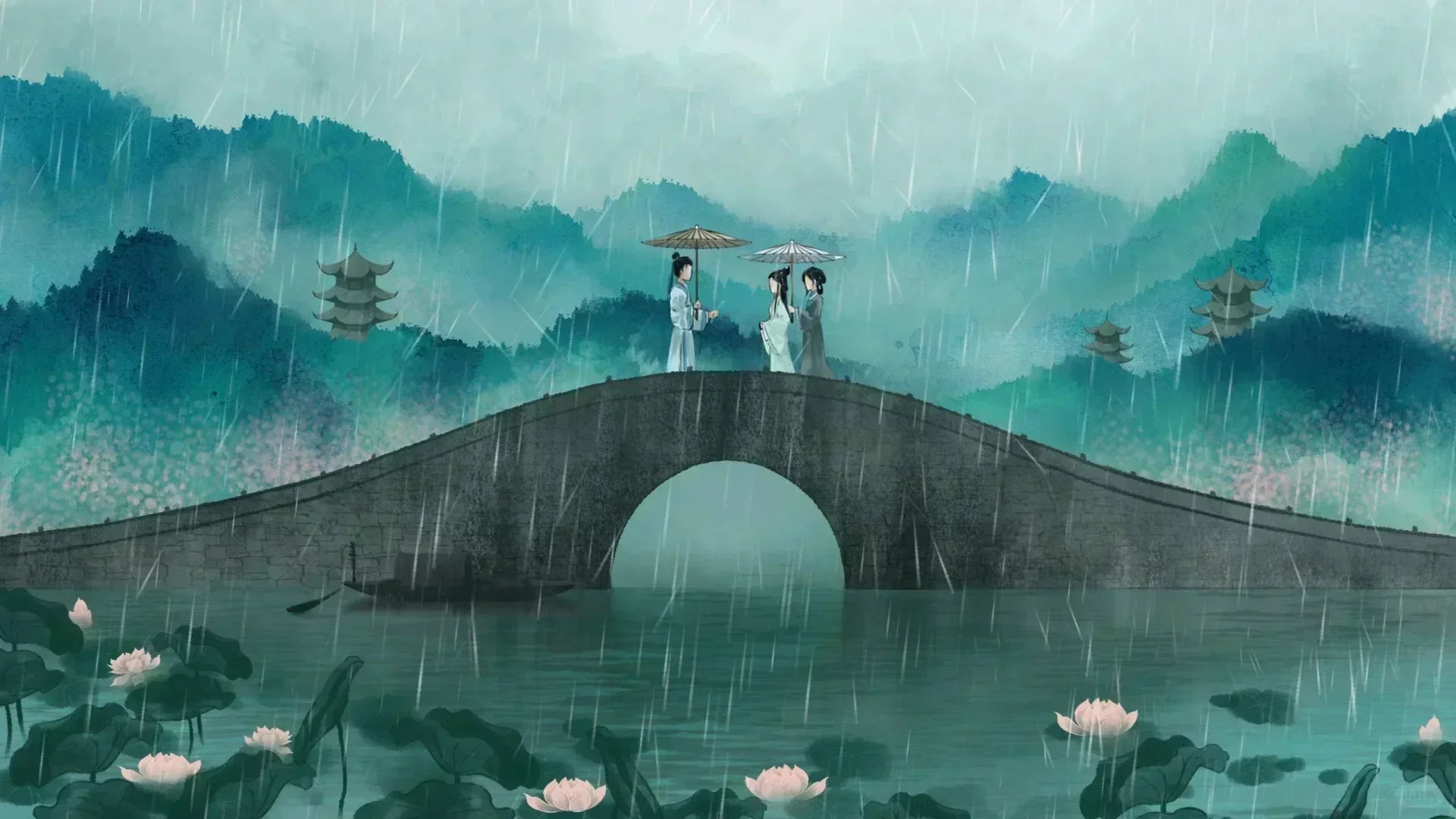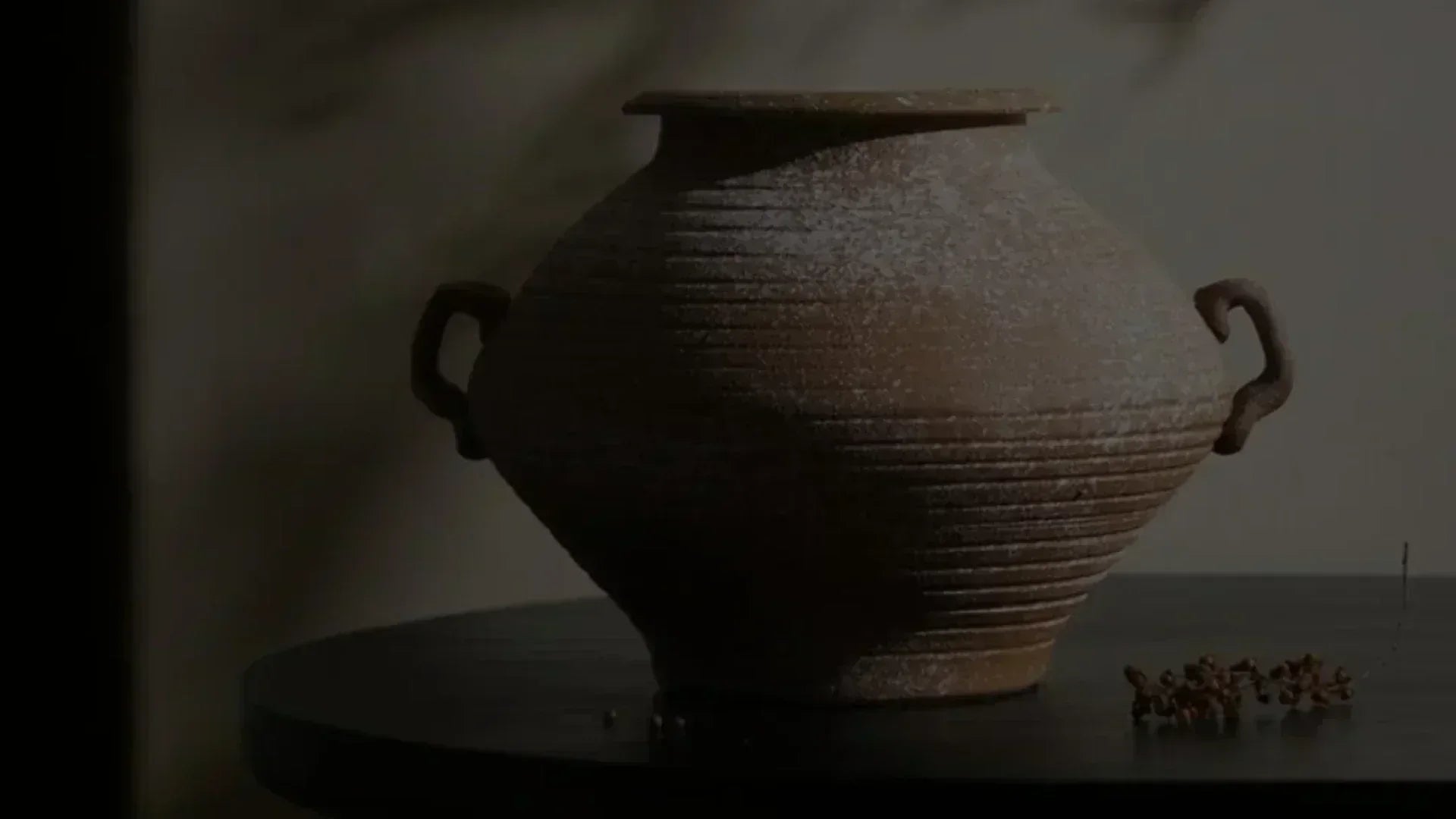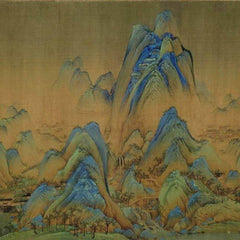There’s a quiet magic in drinking tea alone—a moment where time slows, aromas linger, and every sip feels like a whisper to the soul. Across the world, tea lovers have shaped their own rituals. In the West, the tea table may be adorned with fine china, delicate pastries, and a sense of gentle conversation. In the East, too, tea is far more than a drink—it is an art form, a philosophy, a way of life.
In China, the practice of tea is elevated to Cha Dao—the Way of Tea. Here, each movement is intentional, each vessel chosen with care, often in the form of smooth, luminous porcelain. This is a dance of water and leaves, aroma and silence, where the smallest gesture carries centuries of tradition.
At Sinocultural, we invite you to step into this serene world and discover the eight poetic steps of the Chinese tea ceremony—a journey where porcelain and poetry meet in the palm of your hand.

The Poetic Journey of Tea: Eight Steps to Savor
-
Warming the Stage (温杯 – Wen Bei): Before tea meets water, the porcelain must awaken. Using a Chinese lidded gaiwan(lidded bowl), pour in hot water—about 70–80% full—and gently swirl so the heat caresses every curve. This readies the thin porcelain walls, releasing future aromas, keeping stage warm, and cleansing away dust. A few seconds is enough. Different teas call for different water temperatures—cooler for green tea, hotter for black or pu-erh. Pour out the water carefully, and your vessel is now a warm stage for the leaves to dance.

-
Shaking Awaits the Scent (摇香 – Yao Xiang): After warming the cup and pouring out the water, add the dry tea leaves. Hold the gaiwan(lidded bowl) or teapot, gently shake it up and down—the sudden burst of warmth awakens the hidden fragrance, letting the aroma bloom in an instant. Porcelain’s smooth walls and snug lid trap and amplify this fleeting, intoxicating scent.

-
Cleansing the Surface (刮沫 – Gua Mo): After awakening the aroma, pour hot water into the gaiwan to cover the leaves. Tilt the lid to about 45°, then glide it gently along the rim—the bubbles and tiny leaf dust drift away, leaving only clear, pure tea. Porcelain’s smooth glaze makes this cleansing effortless and precise.

-
Lid Suspension (盖碗悬停 – Gai Wan Xuan Ting): Right after cleansing, let the gaiwan(lidded bowl) lid’s center gently touch the rim, circling with a delicate motion to find its perfect balance. The lid stays gracefully suspended in gaiwan—an elegant pause that lets steam escape, leaves unfurl, and the tea’s flavor blossom. Porcelain’s precise weight and fit make this moment both artful and effortless.

-
Rolling the Essence (搓茶 – Cuo Cha): After lid suspension, use the outer rim of the lid to gently press along the gaiwan’s inner curve, rotating back and forth. This motion teases the leaves open, releasing the tea’s hidden aromas and deepening the flavor. The smooth porcelain ensures the leaves are treated delicately, preserving their shape and essence.

-
Pouring the Torrent (入海 – Ru Hai): After rolling the leaves, pour the tea from the gaiwan into porcelain cups in a smooth, continuous stream. This “meeting with the sea” lets the hot tea collide with air, enhancing its aroma and flavor. The porcelain’s shape and smooth pour help create a balanced, elegant infusion.

-
Butterfly Dance (蝶舞 – Die Wu): After pouring the tea, flip the gaiwan’s saucer onto the table and place the gaiwan base on it, creating a graceful “butterfly dance” posture. This allows you to admire the tea liquor’s color, clarity, and viscosity, with light-colored porcelain providing the perfect canvas to appreciate its visual beauty.

-
Unfolding the Treasure (展茗 – Zhan Ming): After the Butterfly Dance, flip the gaiwan onto its saucer, resting it upside down. Lift the bowl to reveal the spent leaves clinging to its surface. This allows you to appreciate the leaves’ shape, color, and lingering aroma, revealing the tea’s quality and story. The porcelain backdrop makes every detail clear and beautiful.

Porcelain’s Whisper in the World of Tea
In Chinese tea culture, porcelain is far more than a vessel—it’s a silent partner in every brew. Its smooth, glazed surface treats delicate leaves with care, never bruising them. Its gentle heat retention keeps the infusion warm without oversteeping. And because porcelain is non-porous, it preserves the tea’s pure flavor, free from lingering notes of past brews.

But porcelain’s role goes beyond function. It carries thousand years of Chinese craftsmanship—each curve, each glaze, each painted motif a testament to artistry refined over dynasties. From the kilns of Jingdezhen景德镇 to today’s studio pieces, porcelain teaware is a marriage of utility and beauty.

This is the magic of 方寸间 (fāng cùn jiān—“within the small space”): in the confined space of a teacup or gaiwan, an entire world unfolds. Aroma, color, flavor, and history meet in harmony, all elevated by the quiet elegance of porcelain.

In the Stillness, Flavor Blooms
Drinking tea is never just about quenching thirst.Through these eight graceful steps, what begins as leaves and water transforms into a quiet meditation—where scent lingers like a soft memory, flavor unfolds in gentle waves, and the eyes rest on beauty shaped by centuries of craft.
Porcelain and tea move in harmony: the vessel cradles the liquid, preserves its essence, and offers a stage for color, aroma, and touch to play their parts. Each cup is a small universe—where skill, history, and mindfulness meet.

In this fast world, these moments remind us to pause, breathe, and notice the artistry in the everyday. Perhaps your next cup could be an invitation: to hold a piece of fine porcelain in your hands, to listen to the whisper of tea, and to let flavor bloom in stillness.
